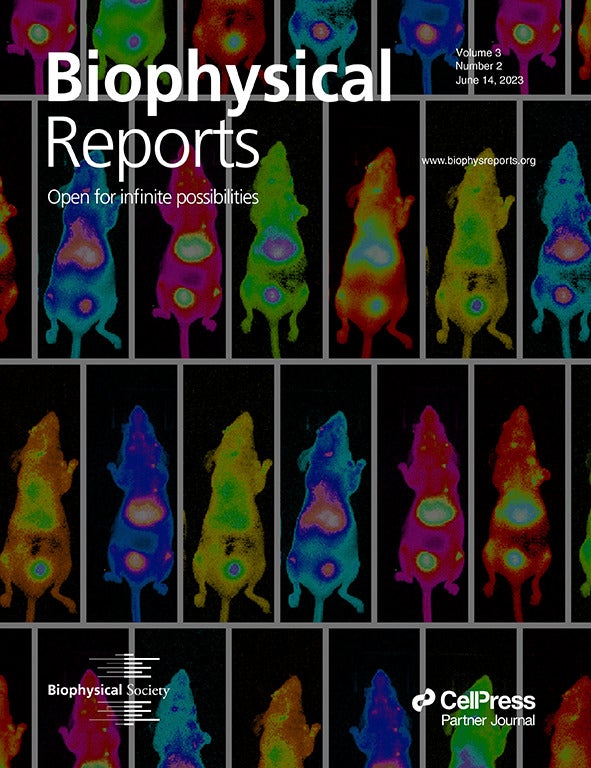
A recent article jointly from Xavier Intes's Functional & Molecular Optical Imaging Lab and Margarida Barroso's group at Albany Medical College was promoted to the cover of the journal Biophysical Reports. The title of the article is "In vivo quantitative FRET small animal imaging: Intensity versus lifetime-based FRET" and the authors are Jason T. Smith, Nattawut Sinsuebphon, Alena Rudkouskaya, Xavier Michalet, Xavier Intes, Margarida Barroso.
The article can be found here: https://doi.org/10.1016/j.bpr.2023.100110
and a brief summary of the abstract is shown below:
Förster resonance energy transfer (FRET) microscopy is used in numerous biophysical and biomedical applications to monitor inter- and intramolecular interactions and conformational changes in the 2–10 nm range. FRET is currently being extended to in vivo optical imaging, its main application being in quantifying drug-target engagement or drug release in animal models of cancer using organic dye or nanoparticle-labeled probes. Herein, we compared FRET quantification using intensity-based FRET (sensitized emission FRET analysis with the three-cube approach using an IVIS imager) and macroscopic fluorescence lifetime (MFLI) FRET using a custom system using a time-gated-intensified charge-coupled device, for small animal optical in vivo imaging. The analytical expressions and experimental protocols required to quantify the product of the FRET efficiency E and the fraction of donor molecules involved in FRET, , are described in detail for both methodologies. Dynamic in vivo FRET quantification of transferrin receptor-transferrin binding was acquired in live intact nude mice upon intravenous injection of a near-infrared-labeled transferrin FRET pair and benchmarked against in vitro FRET using hybridized oligonucleotides. Even though both in vivo imaging techniques provided similar dynamic trends for receptor-ligand engagement, we demonstrate that MFLI-FRET has significant advantages. Whereas the sensitized emission FRET approach using the IVIS imager required nine measurements (six of which are used for calibration) acquired from three mice, MFLI-FRET needed only one measurement collected from a single mouse, although a control mouse might be needed in a more general situation. Based on our study, MFLI therefore represents the method of choice for longitudinal preclinical FRET studies such as that of targeted drug delivery in intact, live mice.
An explanation of the cover art can be found here: https://www.biophysics.org/blog/fret-imaging-in-intact-live-mice


